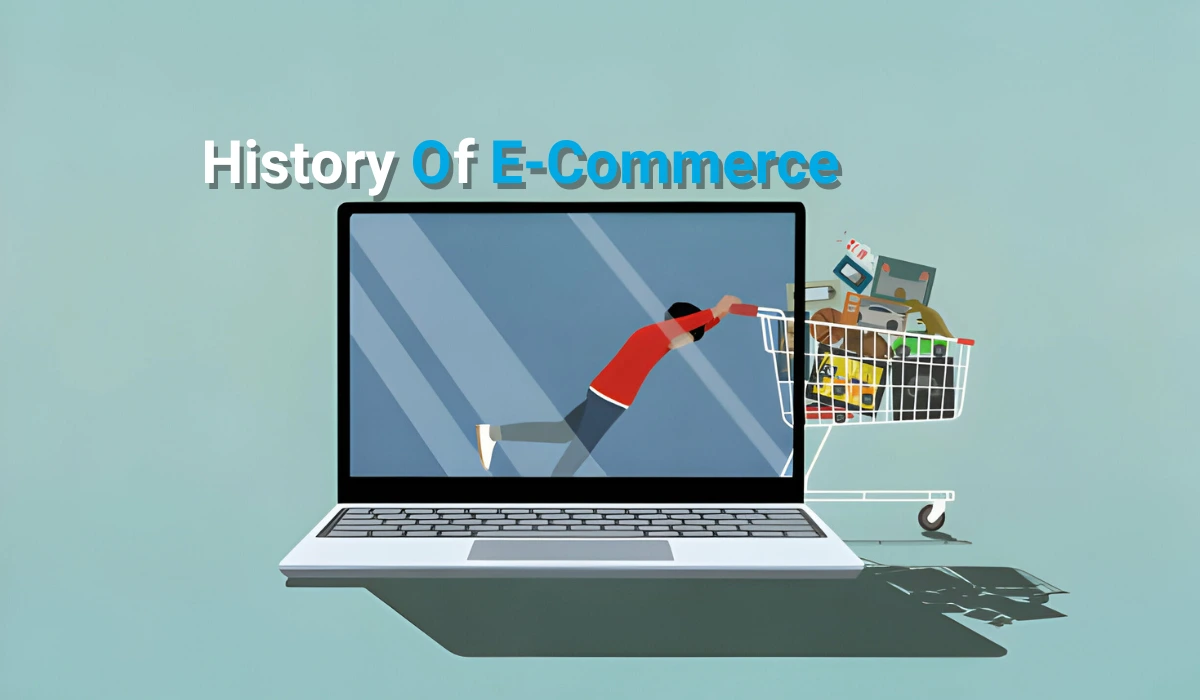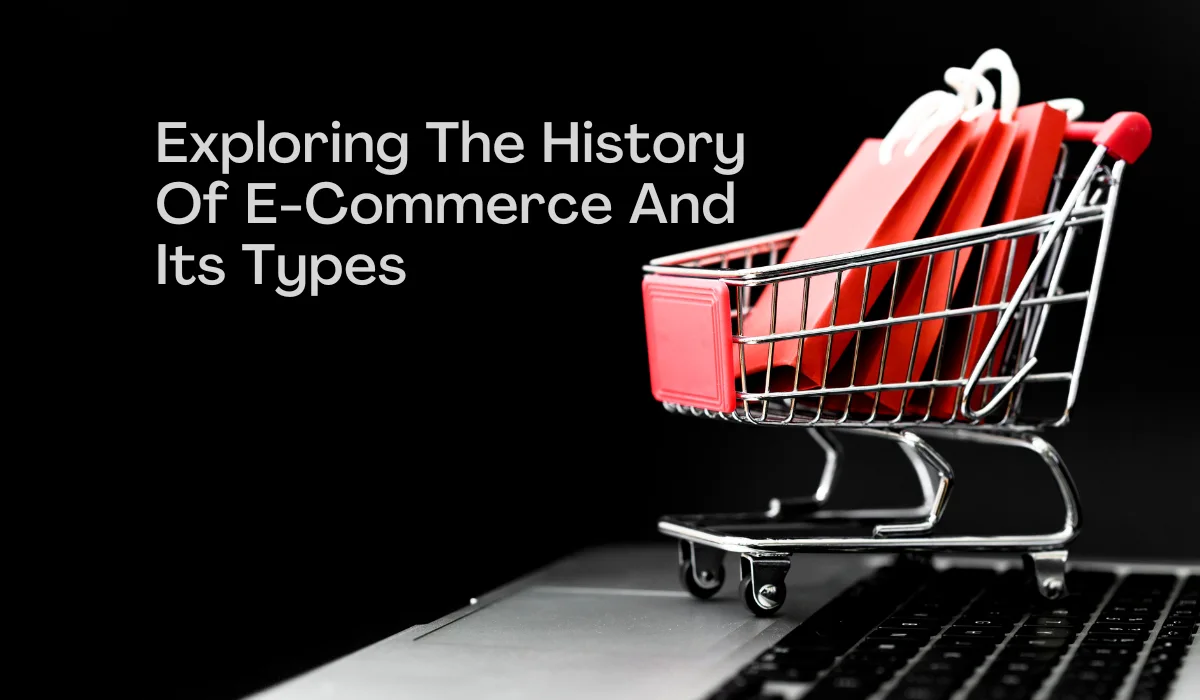So, what is e-commerce by definition? E-commerce or electronic commerce, although started as a platform for individuals to buy and sell goods on the Internet, has now evolved into a multi-billion industry that provides a myriad of services, integrating the most advanced technologies like blockchain and crypto.
As something so ubiquitous, let us learn about the history, the types, and the importance of e-commerce in a little more detail.
History of E-commerce

It all started with CompuServe, the first online commercial service started in the United States, in 1969. The company stayed in business for 30 years, until they shut it down in 2009.
Even so, CampuServe’s role as the first e-commerce company is still debatable.
It was in 1979, a decade after CampuServe, that Michael Aldrich started Electronic Shopping, a company that facilitated online transactions between the customer and business.
He is known as the father of e-commerce, and his company, the first e-commerce company.
Later, in 1992, Boston Computer Exchange was launched. Three years later, in 1995, Jeff Bezos launched Amazon, which, to this day, remains one of the world’s largest e-commerce platforms.
Alibaba, another e-commerce giant was started in 1999, a year after PayPal was launched as an e-commerce payment system.
The 2000s are marked with the foundation of many more e-commerce companies like Etsy, and innovations in the field like Google Ads and Amazon Prime Membership.
The pandemic in 2020 drove the growth of the industry like nothing ever before. Since then, the demand has only increased as people have become accustomed to a certain lifestyle, and the graph is still going upwards.
E-commerce types
E-commerce is mainly categorized into six types.
Business To Business (B2B)
Business-to-business e-commerce encompasses a business selling products or services to another business, not to retail customers.
It could be a manufacturer selling their products to wholesalers, a wholesaler selling products to retailers, or the manufacturer selling products directly to the retailer without intermediaries.
This kind of e-commerce involves products in large quantities and has longer lead times. The product range includes things like raw materials, software, or things that are combined.
Business To Consumer (B2C)
This process involves businesses selling their product or services to the end-user, eliminating the middleman.
This is the most common type of e-commerce and what we all think about when we hear the term ‘e-commerce.
People buying products online from various e-commerce websites is an example of this. The transactions take place directly between the business and the customer where no third parties are involved.
Business To Government (B2G)
Here, the entity that acts as a customer is the government, where the business takes the role of the supplier. Also known as the Business to Administration mode of e-commerce, the business gets into a contract with the government, providing goods and services to agencies or administrators.
To be eligible to be a party to a contract with the government, the business must meet certain criteria and create proposals to participate in bids.
Consumer To Consumer (C2C)
Although not as popular as the above-mentioned types, consumer-to-consumer trades and exchanges are not entirely strange or uncommon, especially with the advent of crypto and blockchain technologies.
This is usually done by creating a digital marketplace and listing things the customers want to sell, mostly in auction style.
Websites like Amazon, Etsy, and eBay offer platforms for customers to sell such products whereas Fiverr and Upwork are two of the platforms where they can sell their services.
Consumer To Business (C2B)
Freelancers often involve in C2B e-commerce, and sell their services on a contract, for a certain period, and at a price negotiated between them.
Photographers, consultants, and writers are the most common group of product and service providers that are included in this.
These type of deals benefits both parties, but perhaps the customers a bit more. It will give them power over negotiations regarding their payment, employee privileges, and scheduling.
Consumer To Government (C2G)
C2G e-commerce is a little different from the rest of them in the conventional sense. Rather than providing goods and services based on a contract, here, the customers make transactions based on obligation.
Different kinds of taxes including property tax and income tax are examples of this.
The Bottom Line
Now that we are at the end, you have learned almost everything basic an individual needs to know about e-commerce. We talked about the beginning, the present, and what constitutes it.
There is no need to talk about the future because it is still going to be there in a more evolved form, that is unless something even better isn’t invented by then.
But for now, e-commerce remains an integral part of our lives and probably will continue to be so for at least a few more decades, bringing everything we need to our fingertips.
